Following on from our earlier blog focusing on the towns and cities in southern Italy, this time it’s time to look North – towards some of the fantastic cities and towns which can be found in Lombardy, Emilia-Romagna and Veneto. Somewhat more rugged than its southern counterpart, the region boasts plenty of varied and interesting towns. Unfortunately, these regions have been hardest hit by the spread of the coronavirus pandemic in Italy. As a result, these regions will really need tourism to return once it is safe to travel again and we hope our guide will provide some inspiration on where to visit.
Bergamo
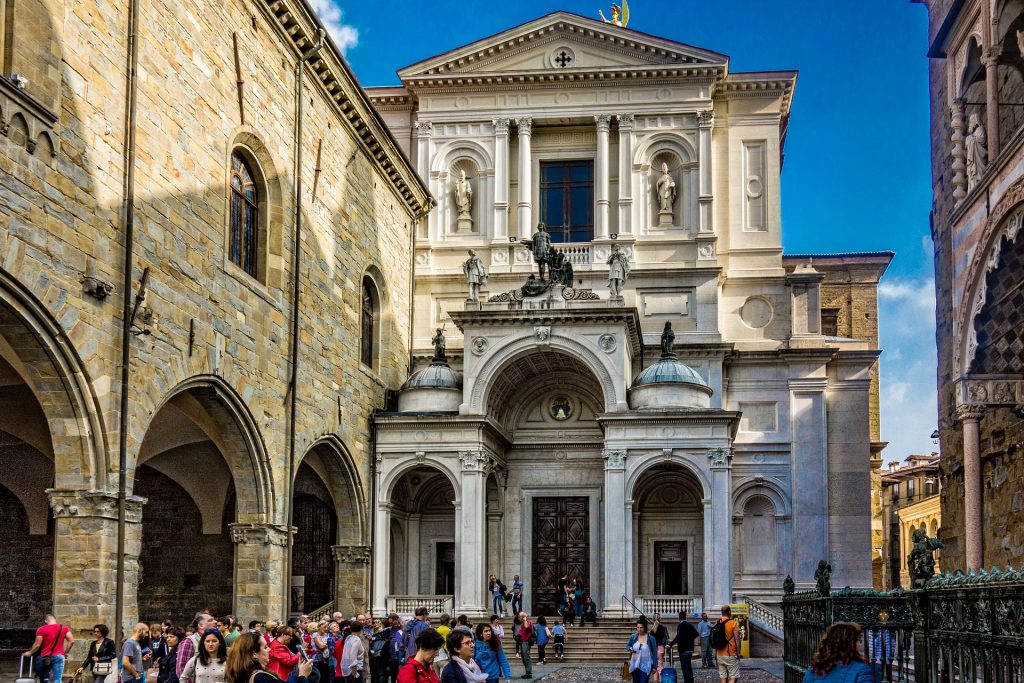
Bergamo is a city in the Lombardy region of Italy – located in the far north of Italy, the Bergamo Alps can be found just north of the city. The city comprises a walled historic centre (known as the ‘Upper Town’), and thanks to its immense wealth as the seat of the Lombard Duchies during the Middle Ages it has some incredible architecture – visit the Colleoni Chapel, Pizza Vecchia, the Basilica of St. Mary Major and the Bergamo City Gate. It’s also worth visiting the Rocca Museum – housed within one of the old bastions, it explores the fight for Italy’s independence.
Bologna
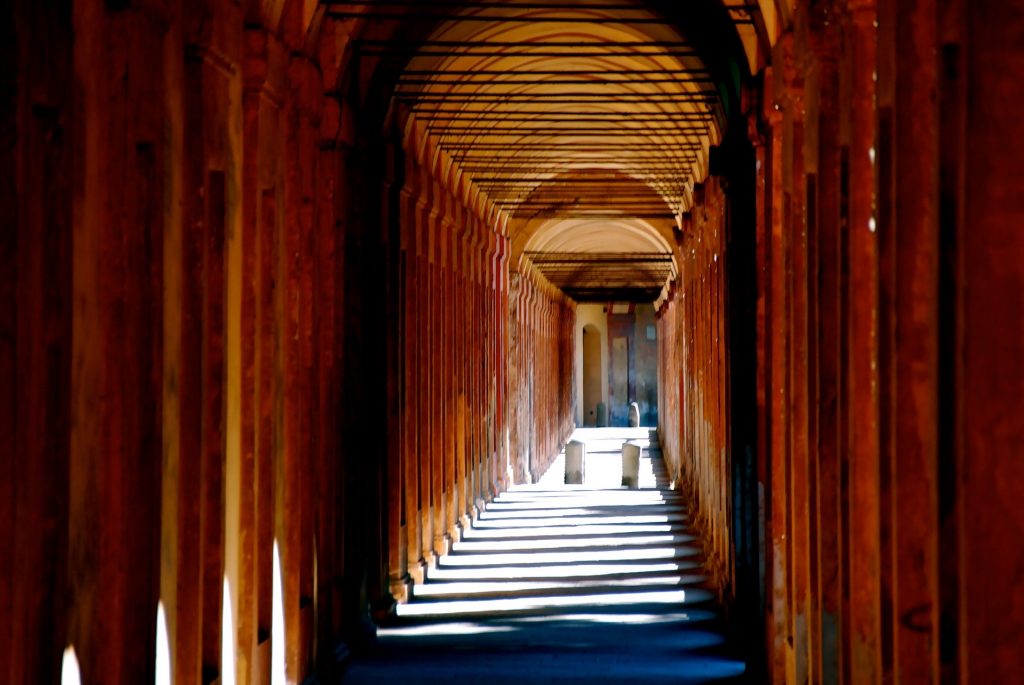
Bologna is the capital of the Emilia-Romagna region, and has been a major city since the Etruscan era. It’s famous for its towers, churches and porticoes – and is also home to the oldest university in the world (established in 1088). The city remains an important hub today and has plenty for tourists to enjoy; take a walking tour to see the impressive towers, visit one of the 22 museums, confess your secrets to the whispering wall, and indulge at the Bologna market.
Genoa
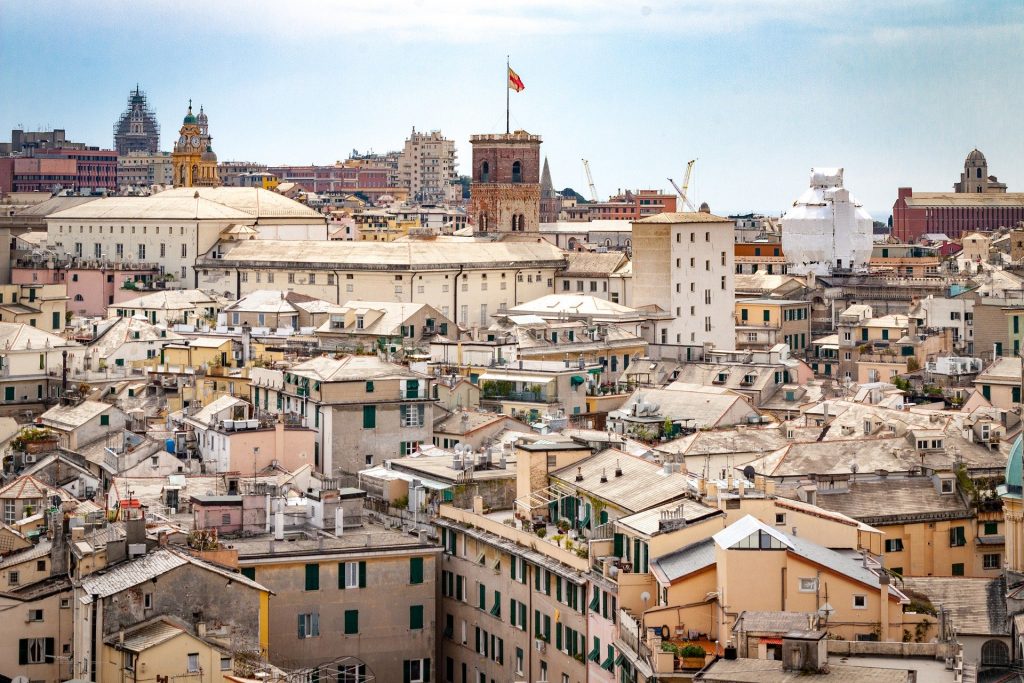
Genoa is the sixth-largest city in Italy; located on the Ligurian sea, it has one of the busiest ports in Europe and thanks to its illustrious past it has plenty of architectural feats and landmarks for visitors to enjoy. It was the European Capital of Culture in 2004 thanks to its rich heritage. The aptly named Genoese School founded a distinct genre in the 17th Century – most of which can be found in the Cathedral, the Chiesa del Gesù, and various palaces (Bianco, Rosso, Spinola di Pellicceria, Tursi and Reale) and churches (San Donato, Santo Stefano and Santa Maria). The city also hosts numerous music festivals across the year – from recurring concerts to international gatherings.
Milan
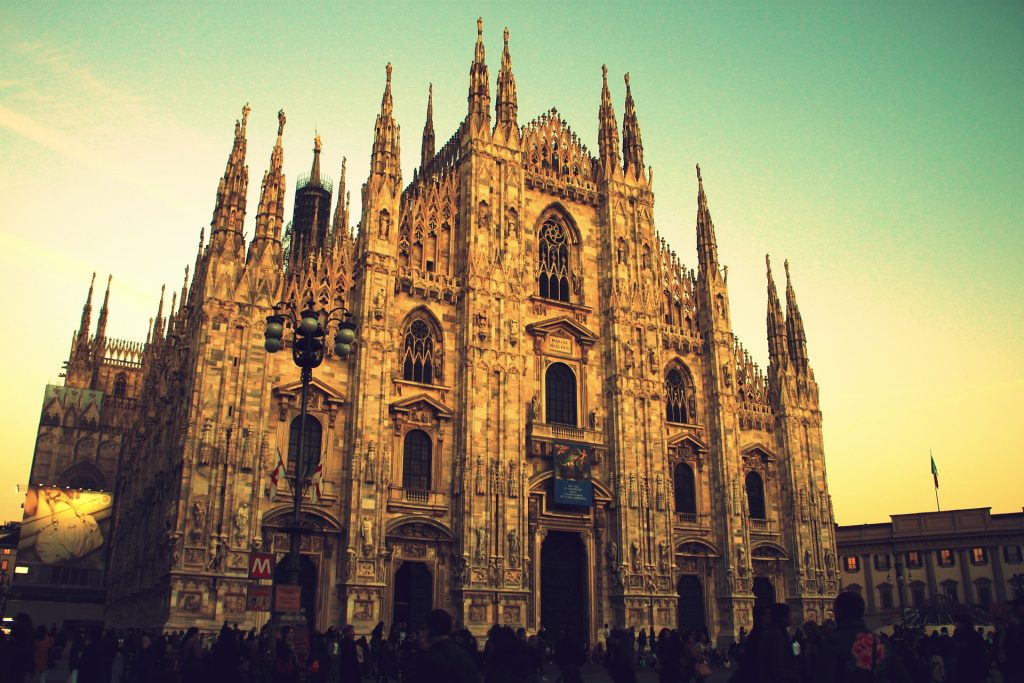
The obvious association with Milan is fashion, but the city is so much more. It’s one of the most economically important cities in the world, and is home to Italy’s stock exchange. A trip to the city isn’t complete without visiting the incredibly impressive cathedral, which took over 600 years to complete. You’ll also want to head to the Church of Santa Maria delle Grazie, to view The Last Supper. Milan is also home to the Museum of Leonardo da Vinci, which boasts fascinating insight into the mind of the legendary genius. Of course, it wouldn’t be a trip to Milan without some shopping – head to the Grand Galleria Vittorio Emanuele II. It’s one of the oldest shopping malls in the world, is truly spectacular, and you’ll find some seriously drool-worthy finds.
Modena
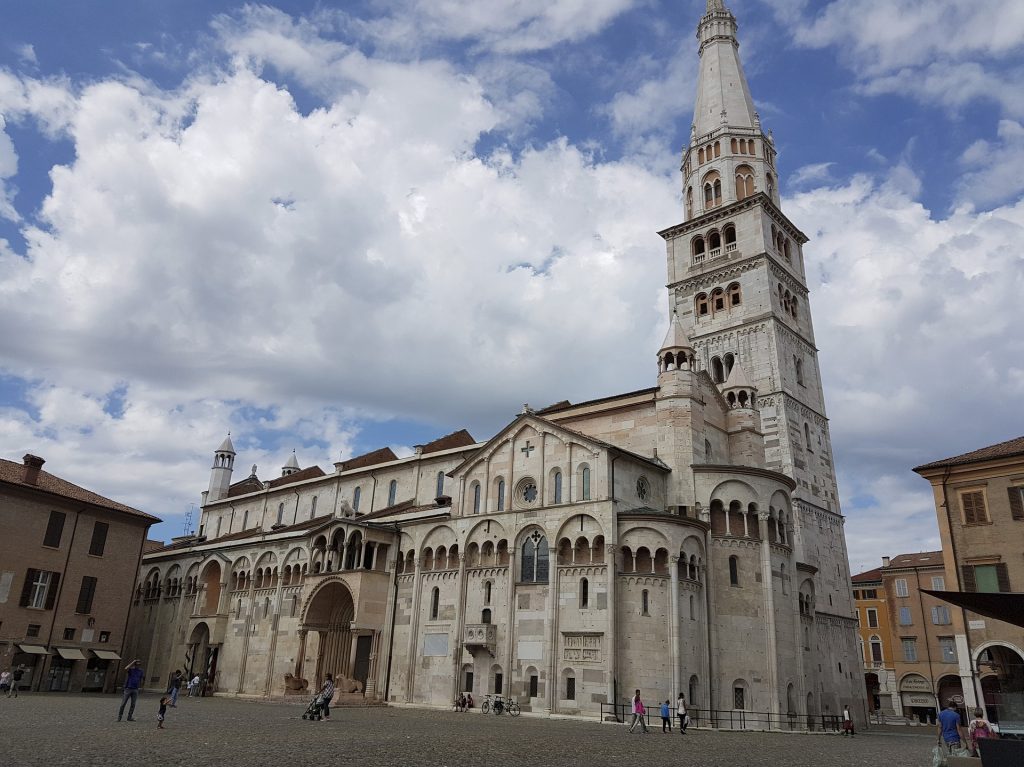
Famous for car production, Modena is (or was) home to the factories of Ferrari, Lamborghini, Pagani and Maserati. As to be expected with such a strong heritage, there’s plenty of car-related attractions – the Enzo Ferrari Museum, the Maserati factory and showroom, the Museo Stanguellini, the Lamborghini museum and the Ducati factory and museum. Once you’ve had your fill of cars, the Ducal Palace, Piazza Grande and Cathedral of Modena all come highly recommended. And, of course, you wouldn’t want to leave without picking up some of their eponymous balsamic vinegar.
Parma
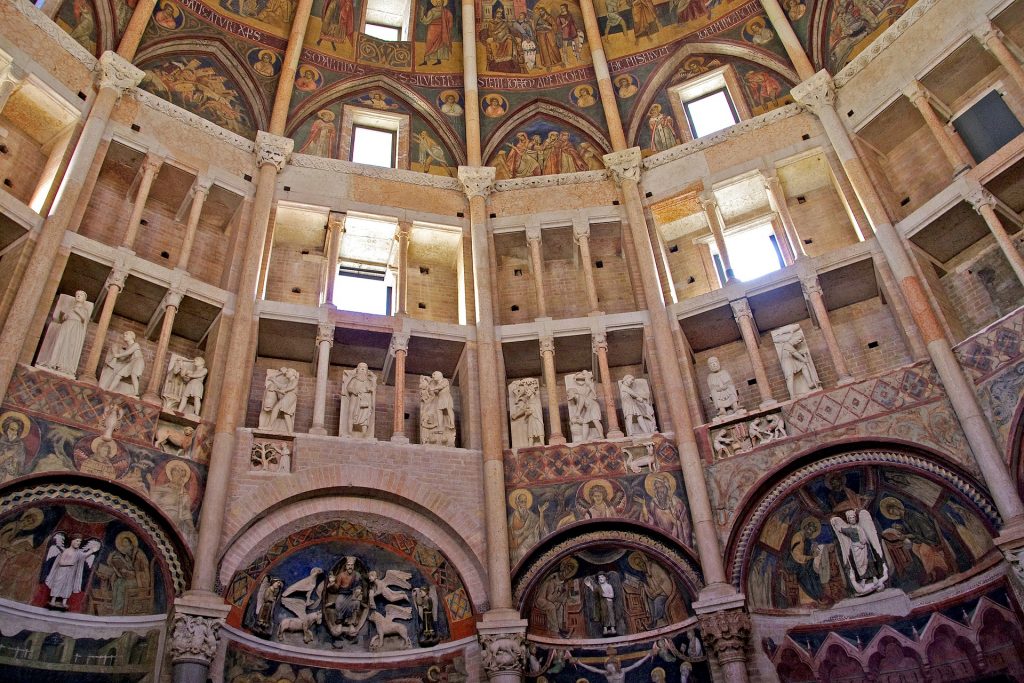
Parma is famed for its architecture, music, art – and its cheese and ham. The city has a history which dates back to the Bronze Age, and plenty for visitors to explore. Parma has a particularly spectacular Romaneqsue cathedral, with stunning frescos. Nearby you’ll find the octagonal Baptistery and the Church of St. John the Evangelist, filled with religious artwork. Its’s also worth exploring the Palazzo della Pilotta – it houses the Teatro Farnese (an impressive wooden theatre), the National Gallery and The Biblioteca Palatina. Across from the Palazzo, you’ll find the Parco Ducale – a spacious park with plenty of immaculate walkways if you fancy a change from architecuture. A trip to Parma wouldn’t be complete without sampling the eponymous delicacies – a number of factories offer Parmigiano Reggiano food tours, and the same exists for parma ham too (only usually with wine!).
Trento
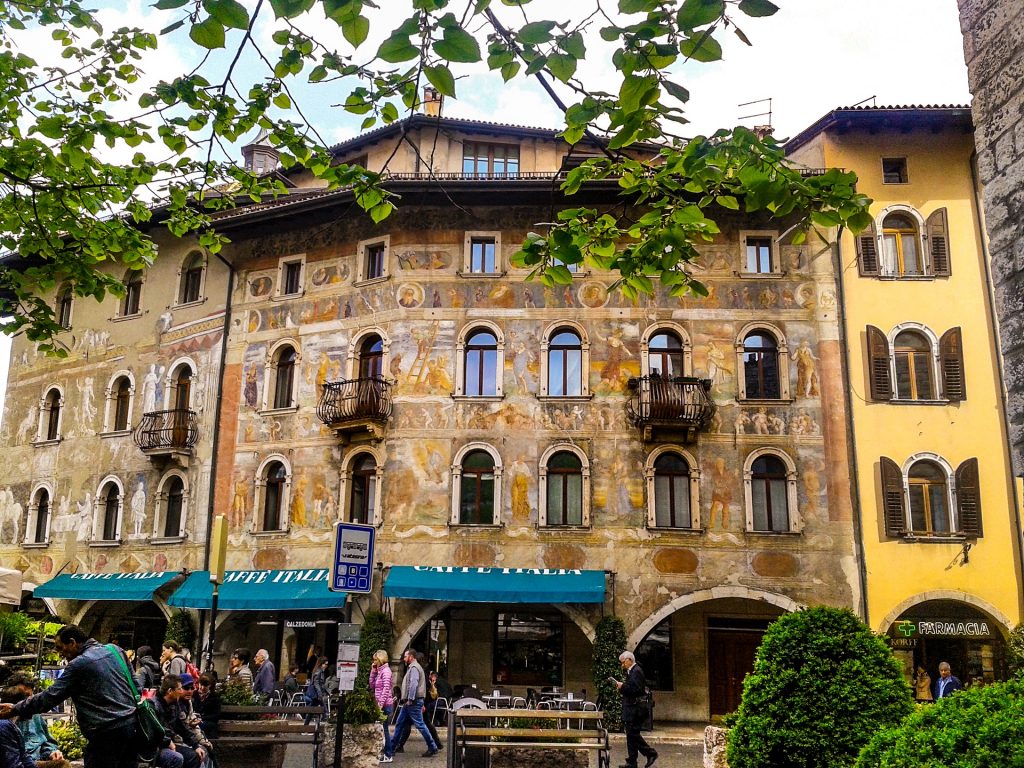
Trento can be found in the Adige valley, just south of the Dolomites; it’s the third largest city in the Alps. Although the exact origins of the city are contested, the city still has a rich history – it was a Celtic village before being conquered by the Romans in the late 1st Century. The city might not be a popular tourist destination, but without good reason – many of the late-medieval and Renaissance buildings have been lovingly restored and there are some spectacular monuments for visitors to explore, including the magnificent Buonconsiglio Castle, the Duomo and the Palazzo Pretorio. Art lovers should also visit the Palazzo delle Albere – a Renaissance villa which now houses a modern art museum. For science enthusiasts, there’s the MUSE (museum of science and natural history) and the Museo dell’Aeronautica Gianni Caproni, which is near the airport.
Trieste

Trieste is located in the very north-eastern part of Italy, close to Slovenia and Croatia. The city has seven districts, with a main square – Piazza Unità d’Italia (colloquially known as the Great Square) – which is Europe’s largest square next to the sea, and is home to the spectacular city hall and Government palace. Being next to the sea, the city has a stunning seafront – and we highly recommend visitors wander the harbour along to Miramare Castle.
Turin
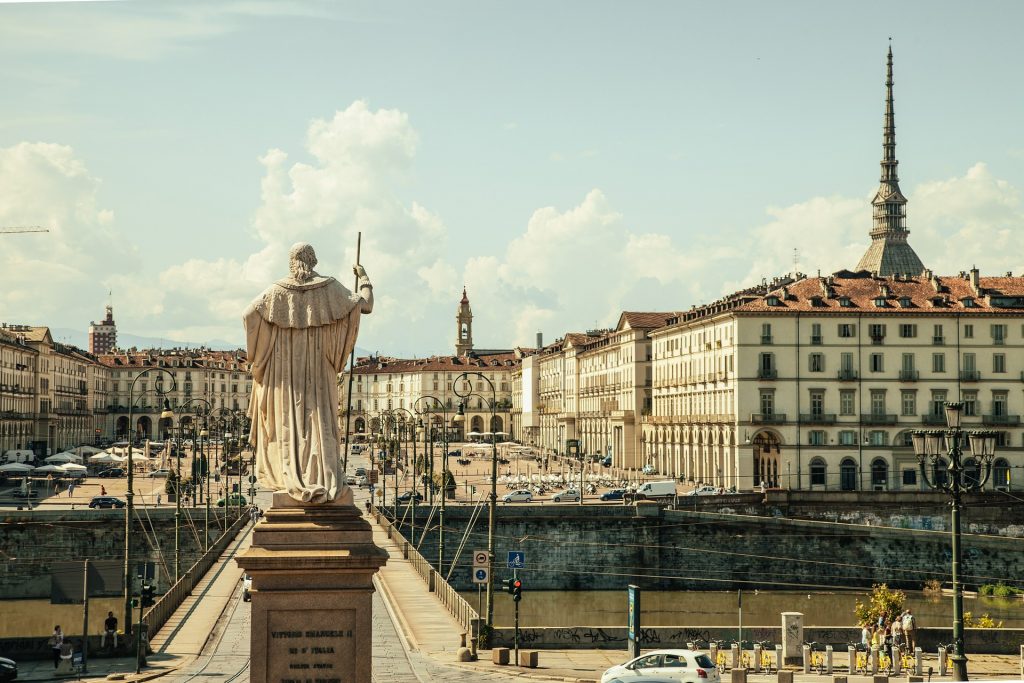
Perhaps best-known for the eponymous shroud, there is plenty more to Turin than meets the eye (although the Turin Shroud is kept in the Cathedral of Turin). The capital city of Piedmont, Turin can be found in the north west of Italy. The city has a strong political history, and has a rich culture – its known for its art galleries, opera houses, museums, and architecture. Turin has an incredible history; its ancient history saw an attack by Hannibal, the establishment of a Roman colony and then becoming part of the Duchy of Savoy. Nowadays, visitors will find ten boroughs bursting with Baroque architecture. Art-lovers will want to visit the Royal Library of Turin, which is home to the famous Leonardo da Vinci self-portrait. Turin is also home to the tallest museum in the world – Mole Antonelliana, which houses the National Museum of Cinema – and a museum which is contains one of the largest collections of Egyptian antiquities to be found outside of Egypt itself (over 30,000). The Palatine Towers – the well-preserved remains of ancient Roman city gates – are also well-worth visiting, and whilst you’re nearby its worth popping to the open market at Piazza della Repubblica too.
Verona

Fair Verona might be most famous for being the setting of Romeo and Juliet, but this northern Italian city has plenty more to delight visitors than a strong literature heritage. A UNESCO World Heritage site, Verona Is an incredibly picturesque city to visit. From the Ponte Scaligero bridge, to the Verona arena amphitheatre, to the Piazza dei Signori and Verona Cathedral, visitors will be spoilt for choice – a walking tour might be a good option so you don’t miss anything! Of course, it wouldn’t be a trip to Verona without visiting Juliet’s house and the balcony – which now houses a museum, library and bookshop.
Venice
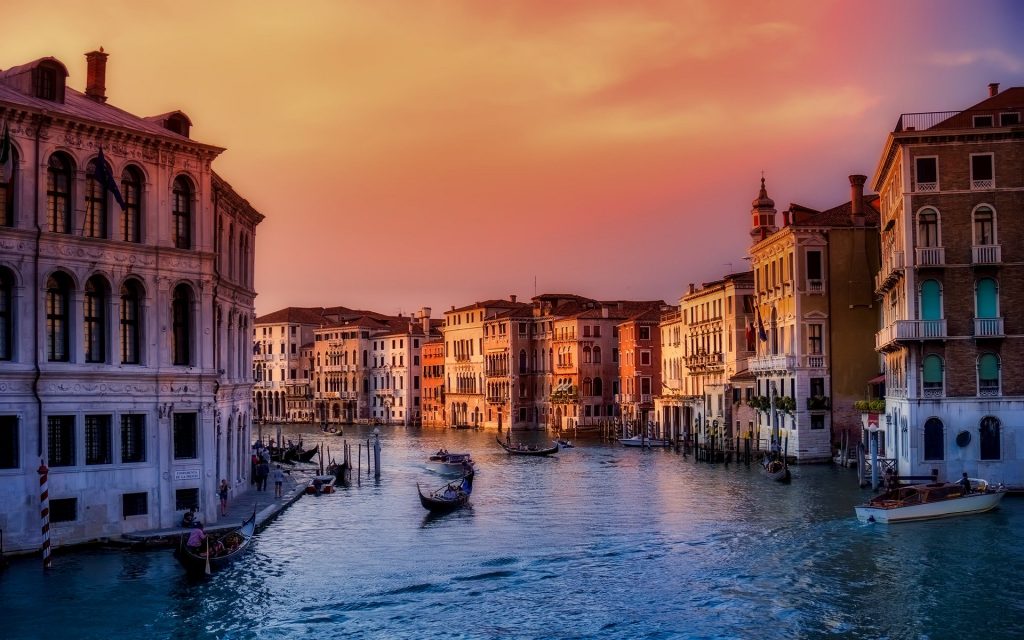
One of Italy’s most famous cities, Venice is the capital of the Veneto region. Comprised of 118 small islands, the main streets are replaced by canals – with the streets linked by over 400 bridges. One of the world’s most beautiful cities, the city’s historic wealth has created some truly spectacular attractions; St Mark’s Basilica, the Doge’s Palace, the Bridge of Sighs, Grand Canal, Murano island… the list is endless. Art-lovers should explore the Guggenheim Museum, and there’s also the impressive Leonardo da Vinci museum in the San Polo district. For those interested in Venice’s history of glass-blowing, hop on a guided tour of the world-famous Murano island – where you can even create your own masterpiece in a pre-booked workshop. With so much to see, and with such lovely surroundings, it’s not hard to see why Venice has been enchanting visitors for generations.
